The Great Italian Race
Images: Alfa Romeo, BMW, Maserati, Mercedes-Benz archives
Next month, the 13th-17th of June will see Italy hosting one of the greatest races in the world—the Mille Miglia. The Mille Miglia was a 1000 km race that ran through the most scenic parts of Italy and featured some very exciting vintage and classic cars. Rome, Siena, Modena and Parma were just a few famous cities that the route covered. Today's Mille Miglia is a regular event, run with monitored time trials, handling and braking tests at reduced, safer speeds. Even so, some 5 million spectators descend on Italy to line the 1000 km route to view the exotic cars in action! 2023 will see the 41st running of the event.
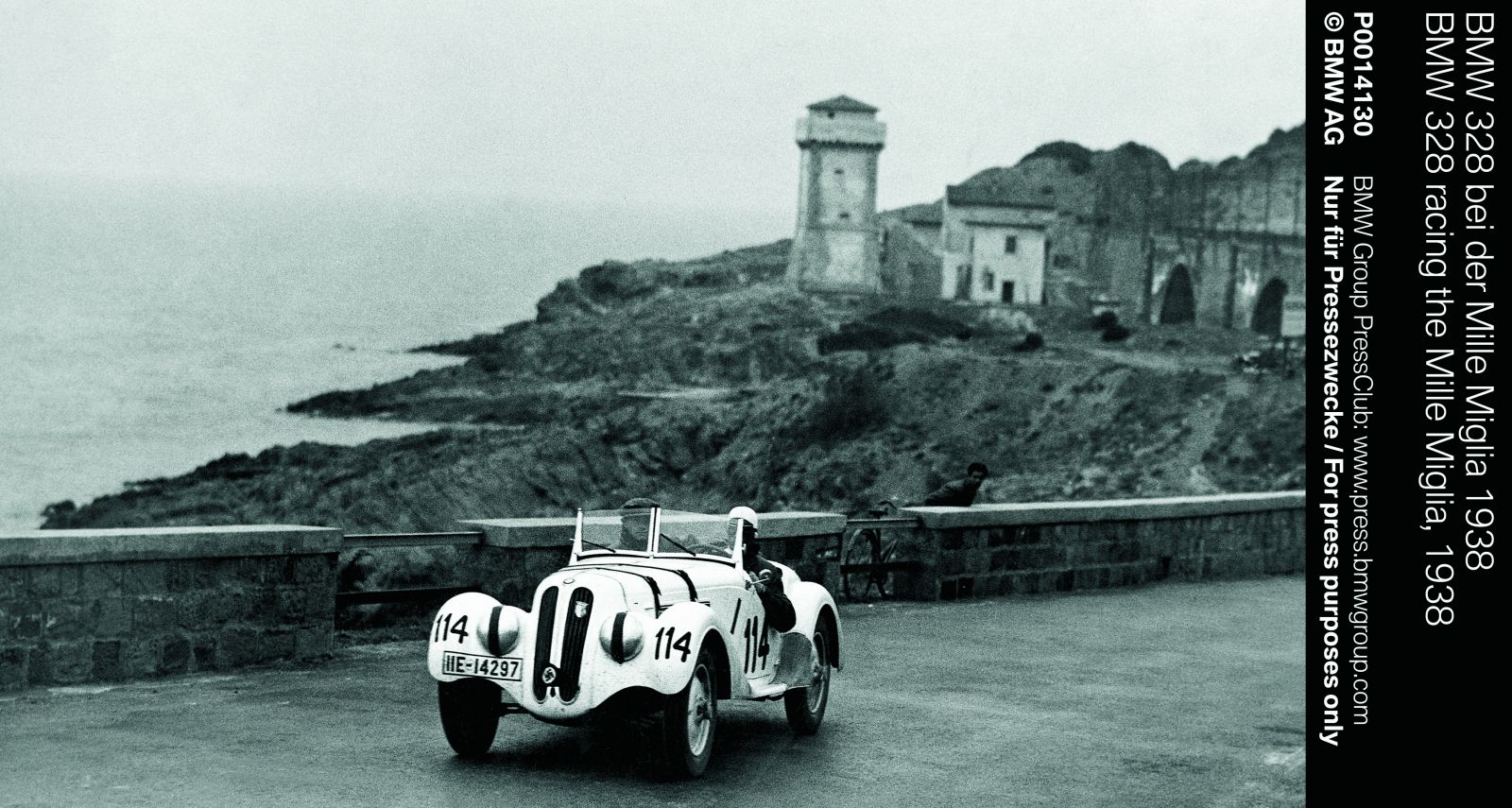
Since 1977, the ‘Mille Miglia’ has been run as a regularity race for classic and vintage cars. Participation is restricted to cars produced up to 1957, but only cars that had participated or registered for the original race are allowed. The route, which is a Brescia–Rome round trip like the original race, starts and ends in Viale Venezia in Brescia. Since 1949, cars have been assigned competition numbers according to their start time. Which explains why the 1955 Moss/Jenkinson car was numbered 722—it started from Brescia at 07:22 AM.
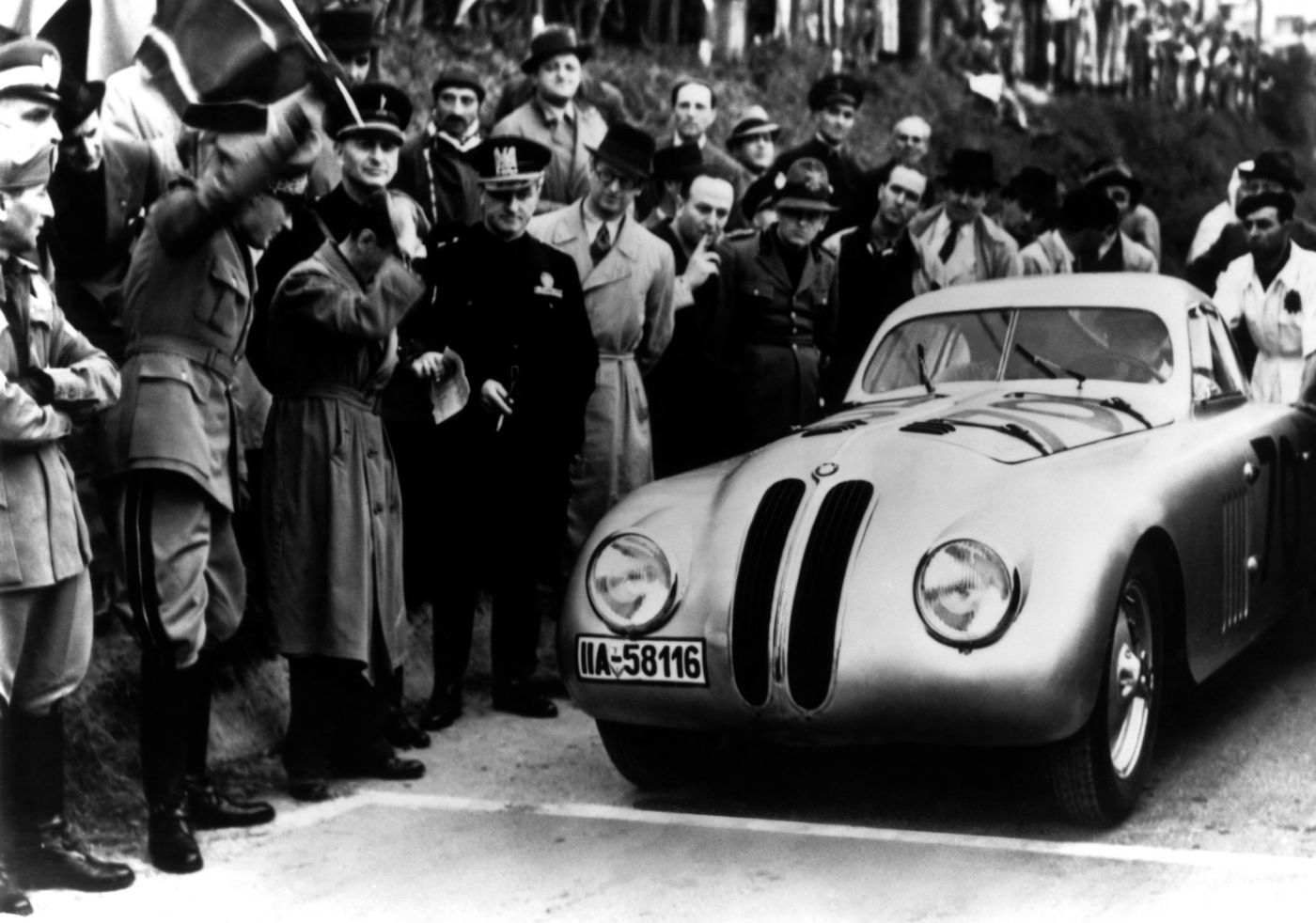
The very first race which started on 26 March 1927 had 77 entries, all Italian—of which only 51 reached the finish at Brescia. Entry was restricted to unmodified production cars, and the entrance fee was a mere 1 lira. The winner completed the course in just under 21 hours, 5 minutes, averaging nearly 78 km/h (48 mph). As the race became more famous, many noted drivers started participating.
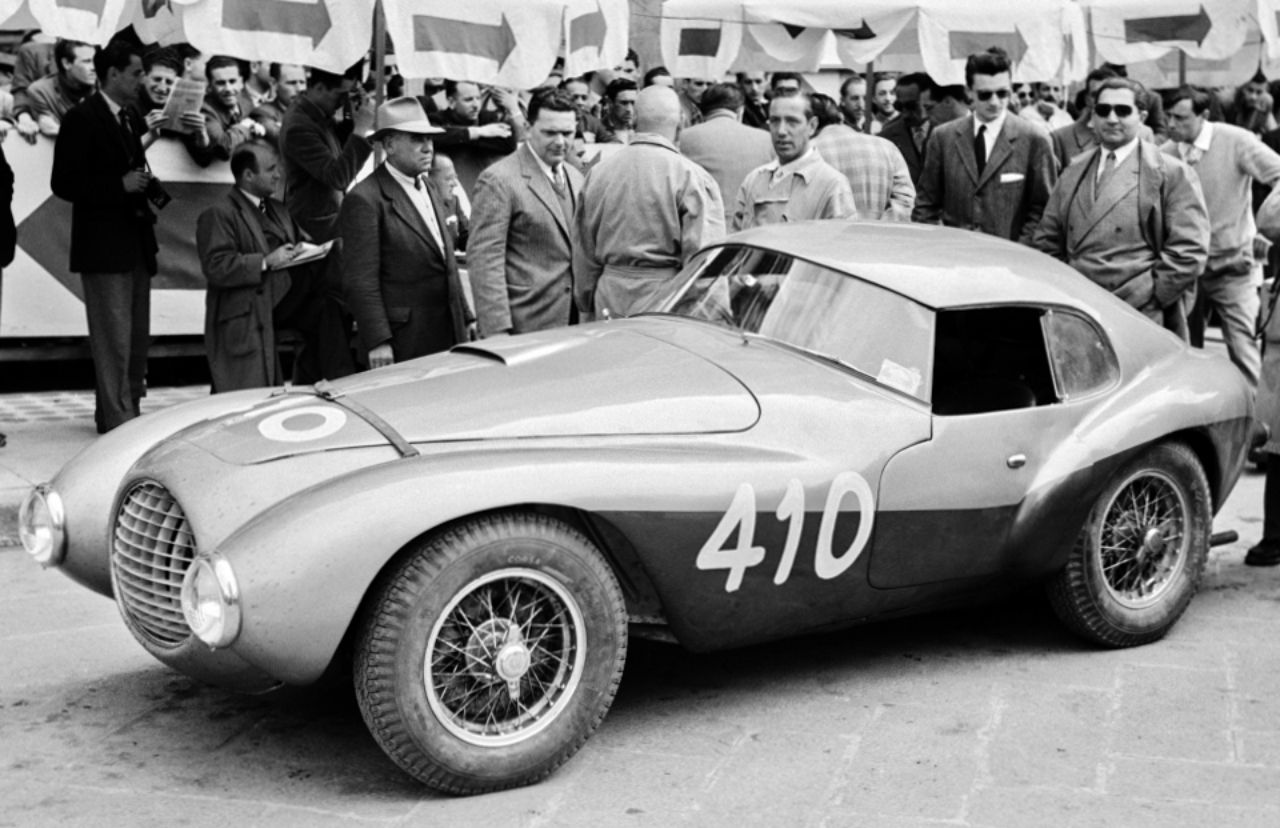
Tazio Nuvolari won the 1930 Mille Miglia in an Alfa Romeo 6C. Resorting to a bit of trickery to secure the win, he was behind his main rival (also teammate) Achille Varzi on the road. Nuvolari tailed Varzi in the dim light of dawn with his headlights off, so that Varzi couldn't see him in his rear-view mirrors. As they approached the finish in Brescia, Nuvolari overtook Varzi on the straight road, switching his car's headlights on as he did so. The initial years had Italian cars and drivers winning but foreign entries started to come to the fore.

In 1931, the German driver Rudolf Caracciola and his mechanic Wilhelm Sebastian won in their supercharged Mercedes-Benz SSKL, averaging over 100 km/h or 63 mph.
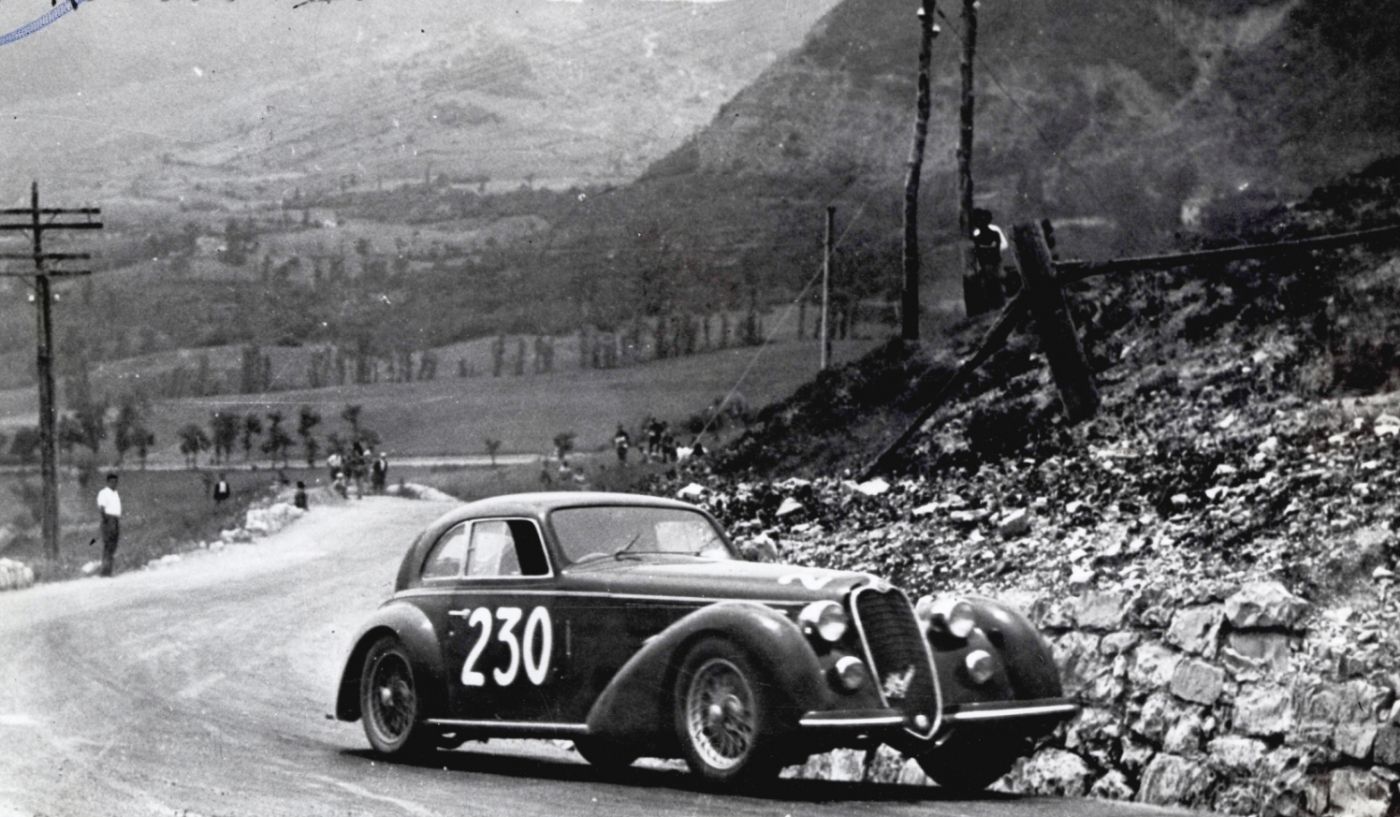
1938 saw BMW coming to the fore. An accident in the 1938 race killed a number of spectators and Benito Mussolini had no option but to stop the running of the race. World War II had started by then but since Italy had not entered the war as yet, the race resumed in April 1940. However it was called the Grand Prix of Brescia, and held on a much shorter 100 km course over nine laps in the plains of northern Italy. This is probably why the tower in the background of the 1940 BMW image has both the Brescia GP and 1000 Miglia signage on it.
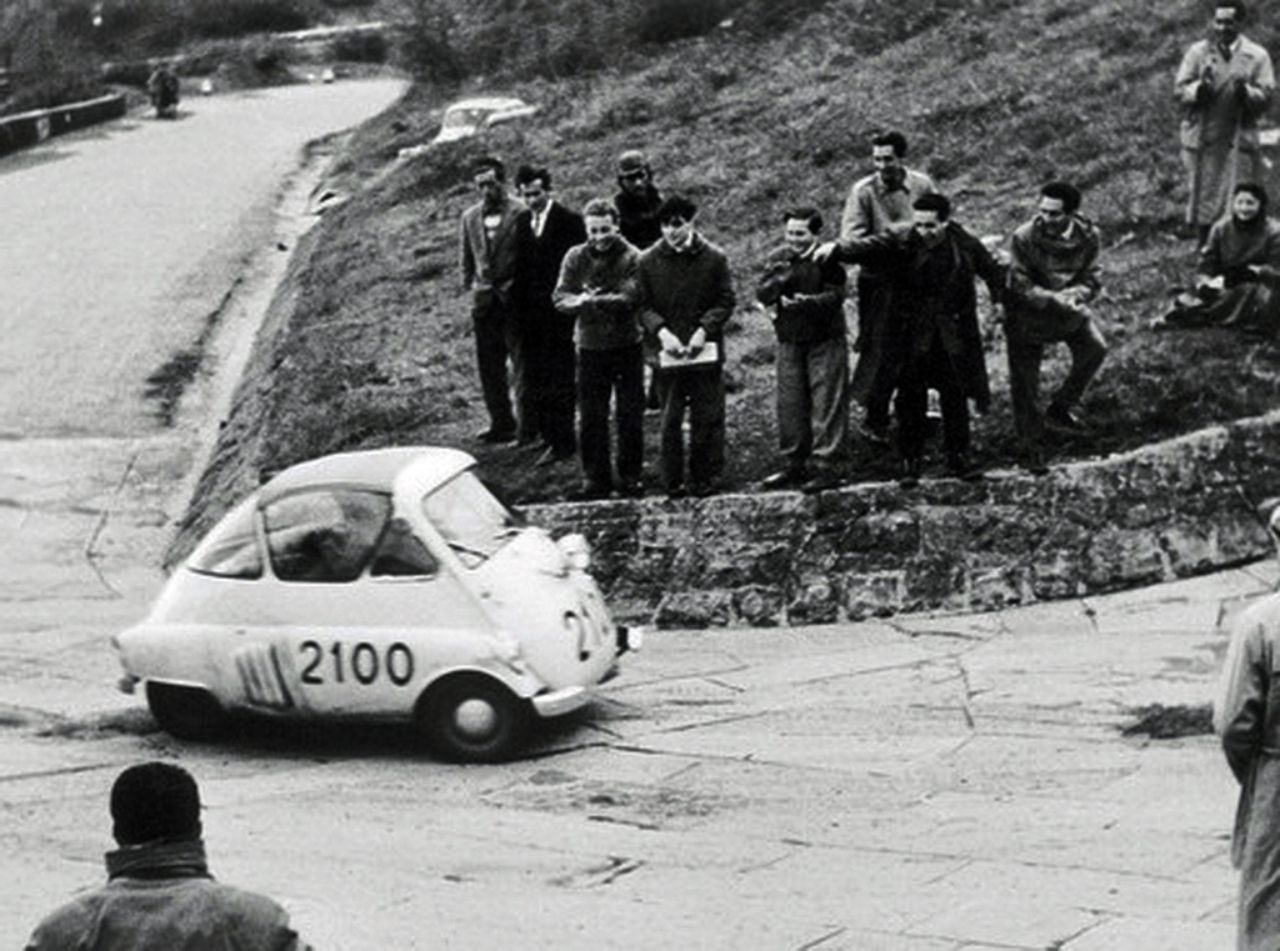
BMW who had secured a class win in 1938 with the 328 had obviously done a lot of homework/research and realised that a fully enclosed body was the way forward. So by the time the 1940 race came around, it was a very different looking, aerodynamically efficient BMW 328, driven by Germans Huschke von Hanstein and Walter Bäumer, that won the high-speed race with an all-time high average of 166 km/h (103 mph). The 1940 event also saw the debut of the first Enzo Ferrari-owned marque AAC or Auto Avio Costruzioni and the Tipo 815.

While Ferrari, Lancia, Maserati and Alfa Romeo had different degrees of success at the Mille Miglia over the years, Mercedes put together a strong attempt in 1952. Using the seriously underpowered Mercedes-Benz 300 SL Gullwing, the team managed second place with Germans Karl Kling and Hans Klenk. Rudolf Caracciola, in a comeback attempt, was fourth.
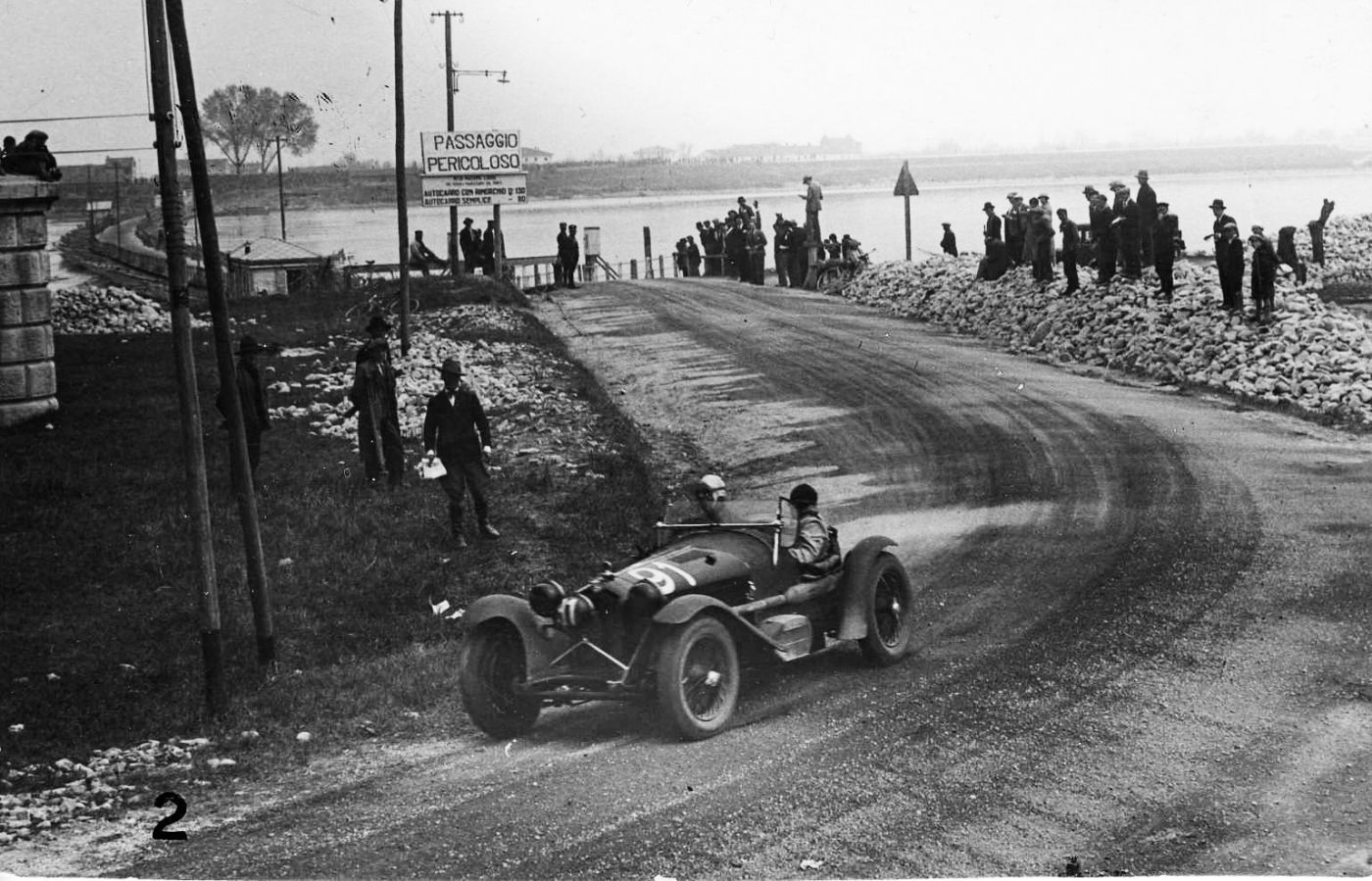
This was the foundation of the Mercedes Benz win in1955 with Stirling Moss and co-driver (journalist) Denis Jenkinson. A lot was due to the use of a more powerful car, the Mercedes-Benz 300 SLR, which was based on the W196 Formula 1 car.
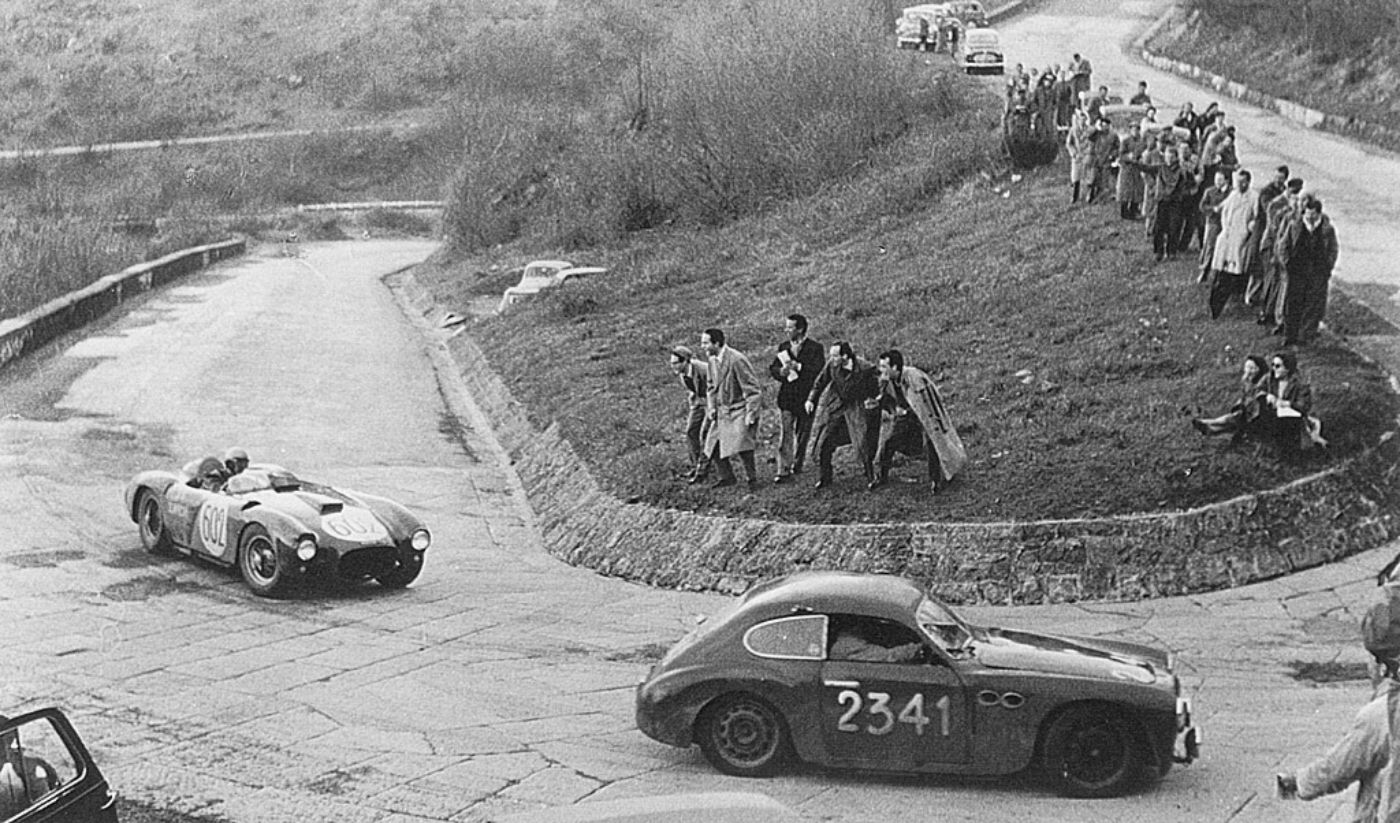
The 300SLR was a high-strength tubular steel frame concept taken from the gull wing 300 SL, but it had an aluminium body, a five-speed transmission, 16-inch wheels and larger brakes. It also had more power due to an increased displacement eight-cylinder in-line engine, taken from the 1954 Formula 1 race car. The modifications meant power output now was 310 hp at 7400 rpm and torque was 317 Nm at 5950 rpm.

The team was chosen carefully—German Hans Herrmann and Briton Stirling Moss (both of whom relied on navigators) while Juan Manuel Fangio (car number 658) drove alone as usual (he considered open road races dangerous). Karl Kling also drove alone, in the fourth Mercedes, number 701.
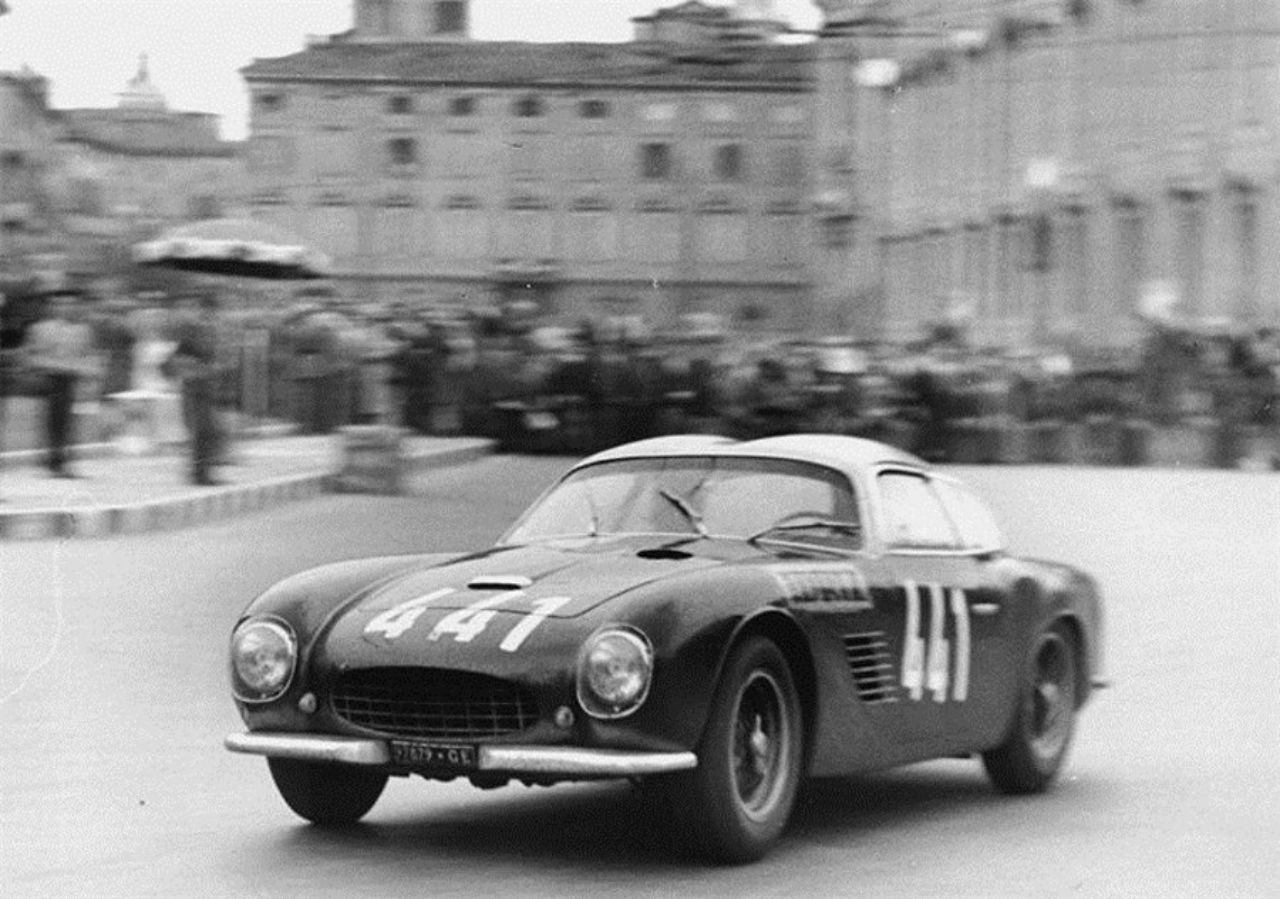
The seriousness with which Mercedes–Benz approached the 1955 event was evident in the fact that the team did a total of six reconnaissance laps beforehand. This enabled Jenkinson to make pace notes on an 18 ft long scroll of paper that he could read from and give directions to Moss during the race.
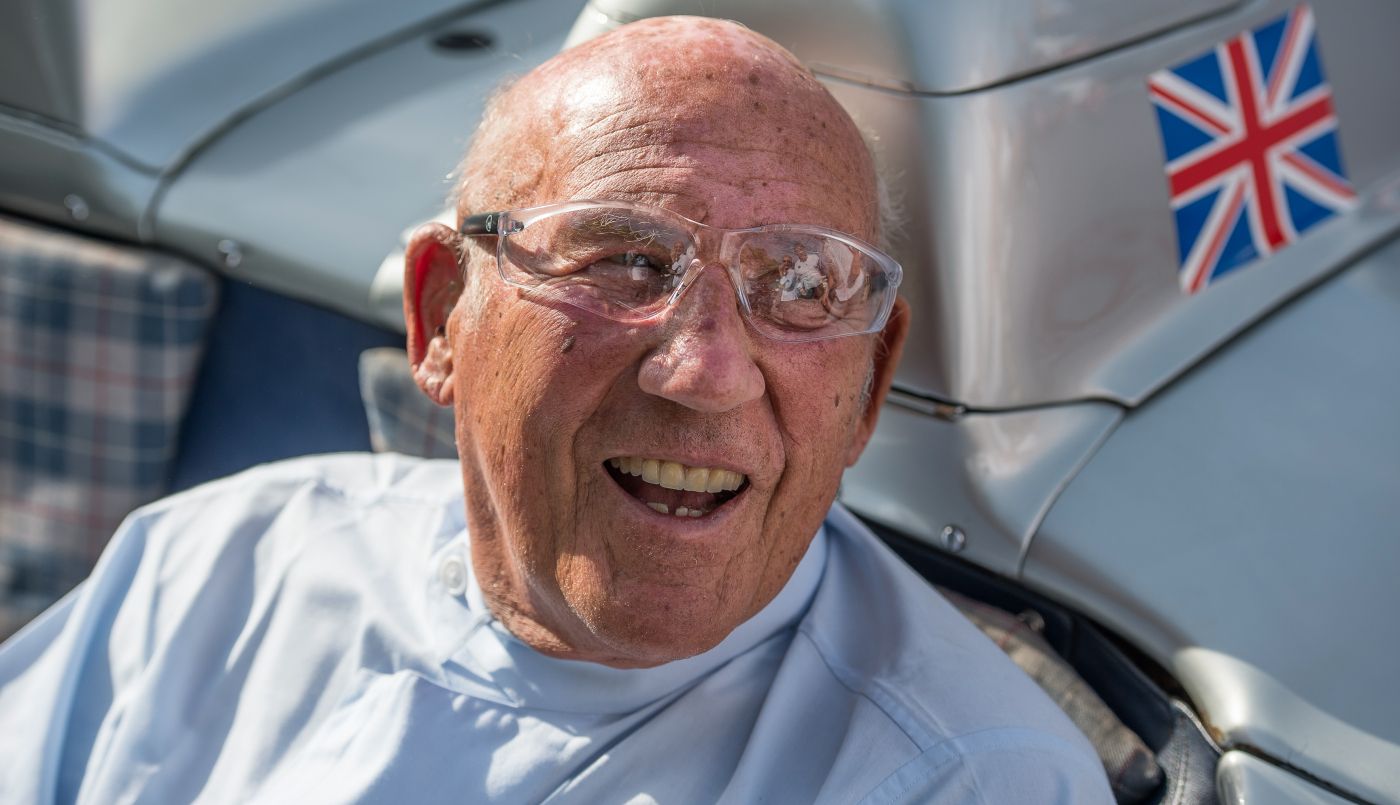
As a result, after just 10 hours, 7 minutes and 48 seconds, Moss and Jenkinson reached Brescia in their number 722 Mercedes-Benz 300 SLR. In the process, they set an event record clocking an average speed of 157.650 km/h (97.96 mph)—the fastest ever on this 1,597 km (992 mi) variant of the course.
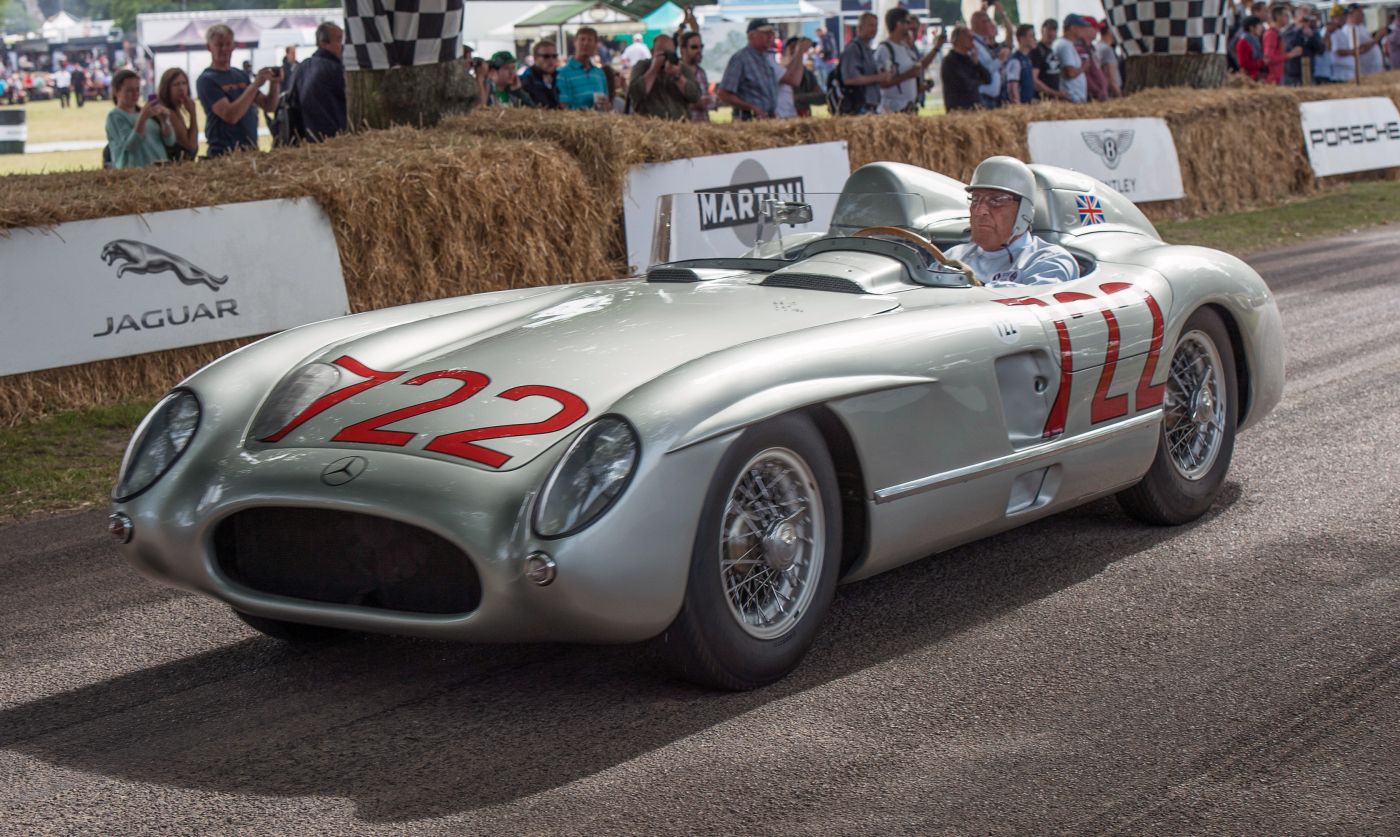
Juan Manuel Fangio who had started 24 minutes before Moss had engine issues at Pescara and through Rome which meant he was a total of 30 minutes late overall. In fact, his number 658 suffered a broken fuel injection pipe. The car was down on power as well as it was running on seven cylinders only.
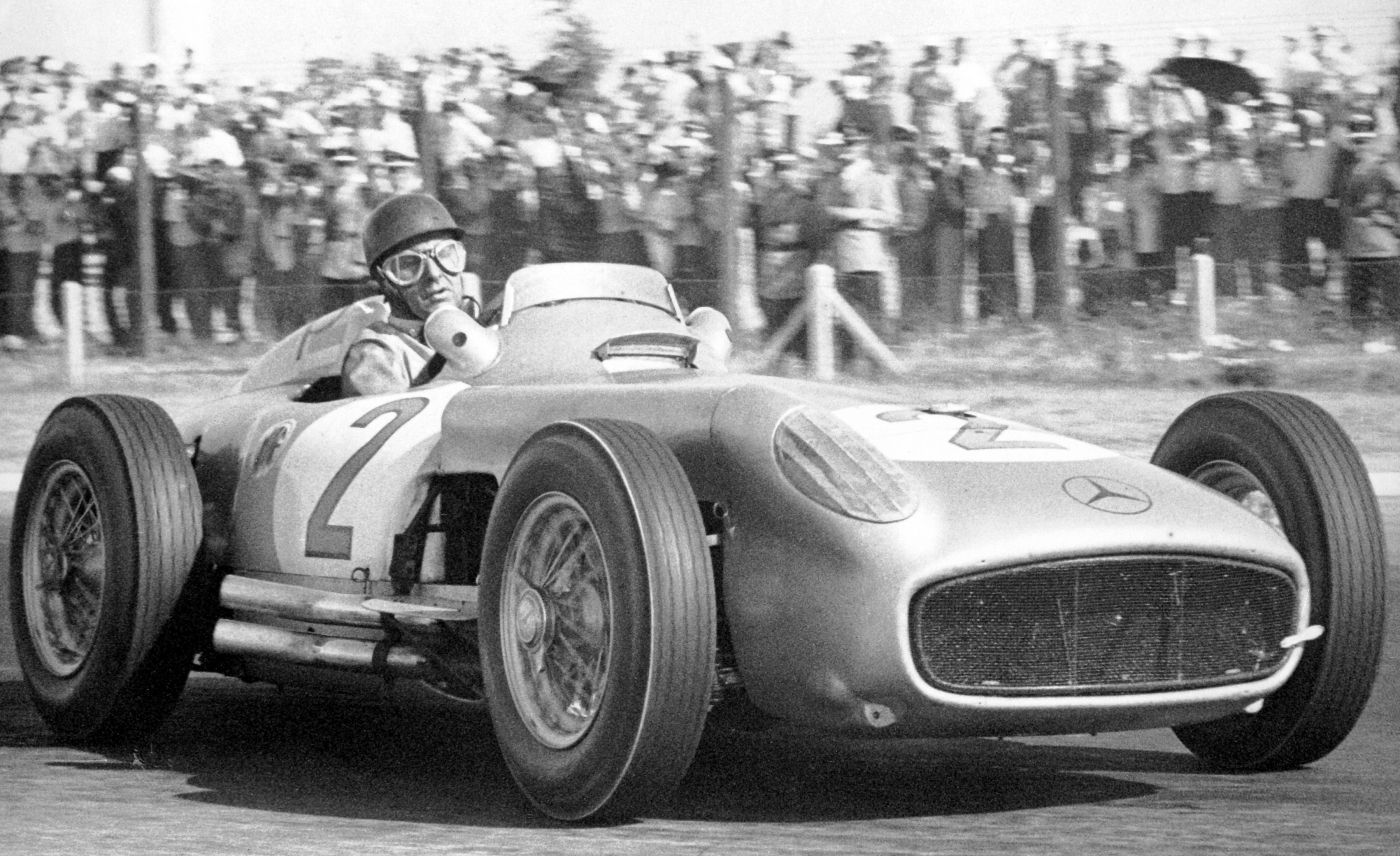
The commemorative SLR—‘SLR 722 Edition’—is a car built with modern technology and so is a better performer than the original. The 722 ‘Edition’ is powered by a 5.5-litre V8 supercharged engine assembled by hand in Affalterbach, Germany.
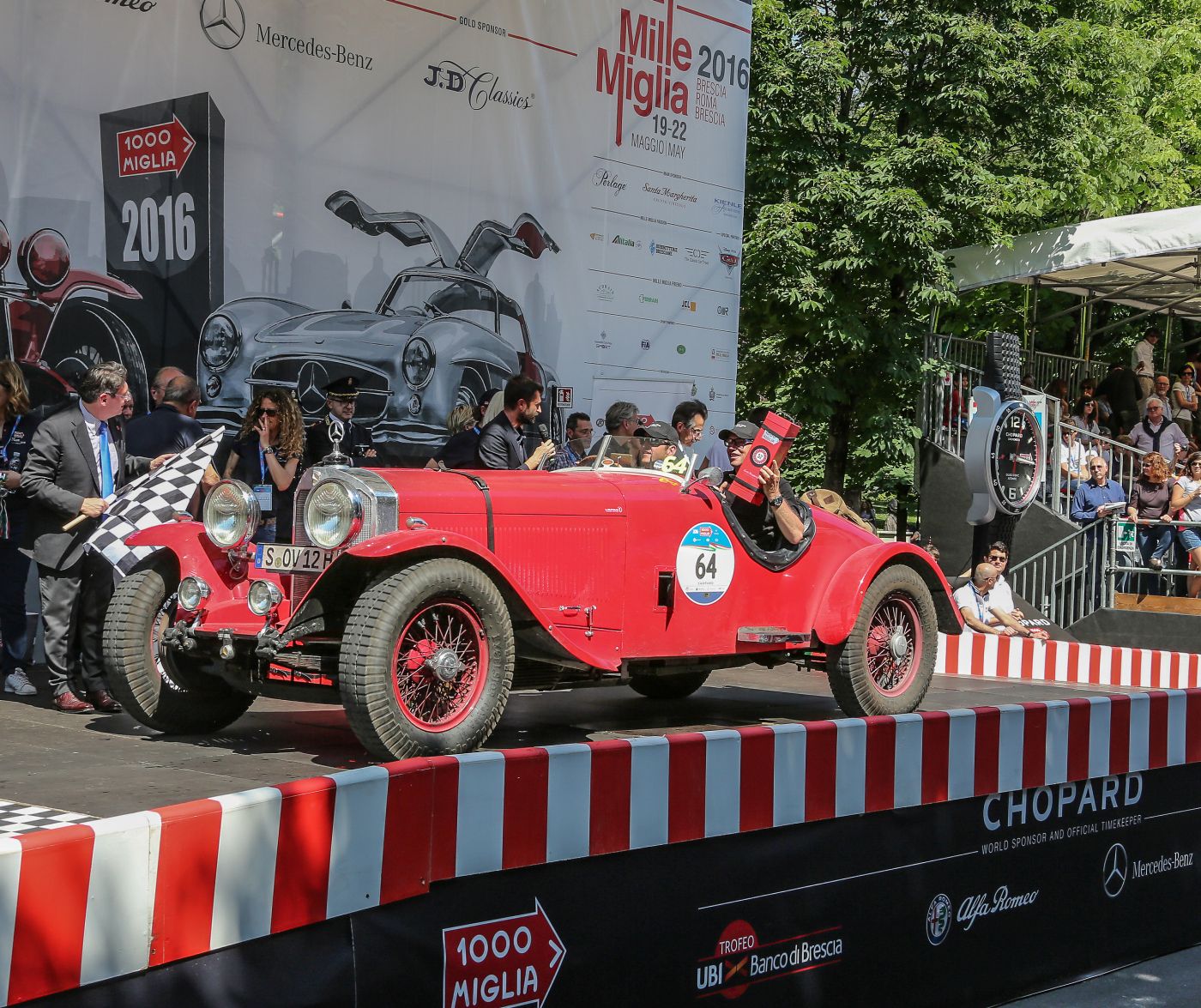
The result is an acceleration time of 3.6 seconds for 0 to 100 kph (the SLR 300 took 3.8 seconds), 200 km/h in 10.2 seconds (the SLR 300 took 10.6 seconds) and 300 kph in 28.0 seconds (SLR 300 managed 28.8 seconds).
The 1955 SLR 300 was no slouch and Mercedes has taken care not to put the original in the shade! One supposes that if the SLR 300 is the father, it would be pleased to have a ‘son’ like the 722 ‘Edition’.
Comments
Sign in or become a deRivaz & Ives member to join the conversation.
Just enter your email below to get a log in link.
